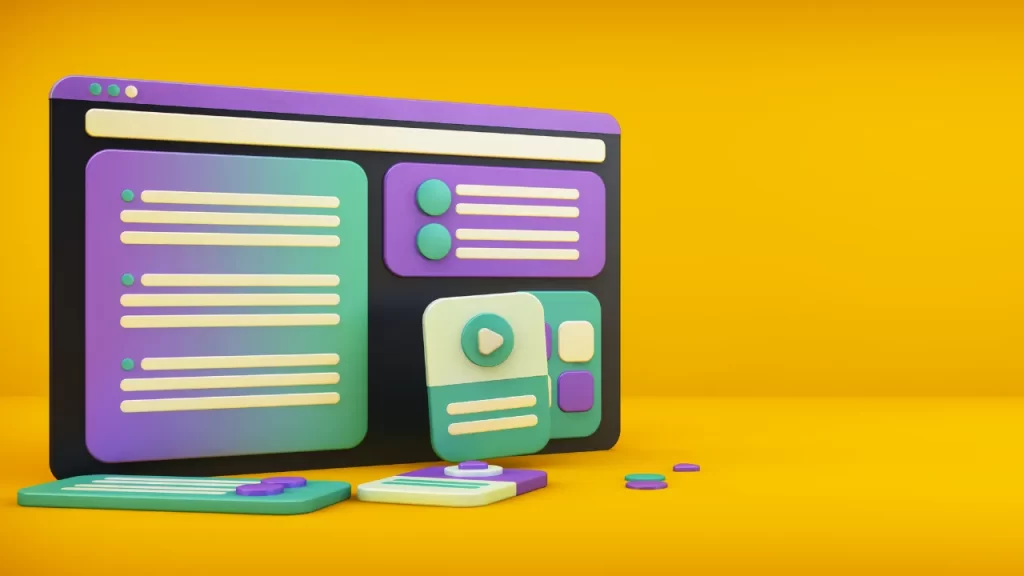Web design can be easy to learn for beginners, especially with the help of modern tools like WordPress, Wix, or Squarespace, which require little to no coding knowledge.
However, mastering web design, especially when it involves creating complex, custom websites, requires time, practice, and learning various technical skills such as HTML, CSS, JavaScript, and user experience (UX) design.
Why Web Design Can Be Easy for Beginners
1. Drag-and-Drop Website Builders
Platforms like Wix, Squarespace, and even WordPress offer drag-and-drop builders that allow beginners to create websites without knowing how to code.
These platforms provide pre-designed templates, making it easier to design a professional-looking website in a short amount of time.
2. Abundance of Online Resources
There are numerous online tutorials, courses, and YouTube videos that cover web design basics, making it easier for beginners to get started.
Websites like W3Schools, Udemy, and Codecademy offer courses in web design and coding that guide learners step by step.
3. Templates and Themes
Pre-built templates and themes simplify the design process by providing a ready-made layout.
Many content management systems (CMS) like WordPress offer thousands of themes that users can customize to fit their needs without having to build a site from scratch.
Why Web Design Can Be Challenging
1. Coding Skills
While website builders simplify the process, more advanced web design often requires learning HTML, CSS, and JavaScript.
These languages control the structure, style, and functionality of websites. Coding can be challenging for beginners, but it’s essential for creating more complex, custom websites.
2. User Experience (UX) Design
Creating a website that is not only visually appealing but also user-friendly requires an understanding of UX principles.
Designers need to think about how users will interact with the website, how they navigate it, and how the design can guide them toward desired actions (e.g., making a purchase or filling out a form).
Achieving good UX can be a challenge, especially for those new to web design.
3. Responsiveness
Designing websites that work seamlessly across all devices—desktops, tablets, and mobile phones—is a critical aspect of modern web design.
Ensuring that a website is responsive and provides a consistent user experience on different screen sizes can be tricky without the right tools and knowledge.
4. SEO and Performance Optimization
Web designers need to consider search engine optimization (SEO) and performance optimization when creating a site. This involves:
- Optimizing images for faster load times.
- Structuring headings (H1, H2, H3) for better SEO.
- Ensuring fast page speeds to reduce bounce rates.
Balancing aesthetics with technical SEO and performance can add complexity to the design process.
Tips for Learning Web Design Easily
1. Start with a Website Builder
For beginners, using a website builder like Wix or Squarespace can be a great way to get familiar with design principles before moving on to more complex tools.
2. Learn the Basics of HTML and CSS
Even with easy-to-use platforms, learning the basics of HTML and CSS will give you more control over your design. Start with small projects like customizing themes or building simple landing pages.
3. Focus on User Experience (UX)
Pay attention to UX design by keeping layouts simple, using clear navigation, and placing key information in easy-to-find areas. UX can make or break a website, so always think from the user’s perspective.
4. Experiment with Templates
Use pre-designed templates as a starting point and customize them to match your vision. This helps you learn what works and what doesn’t without starting from scratch.
Conclusion
Web design can be easy for beginners who start with simple tools like website builders and pre-designed templates.
However, as you progress and take on more complex projects, learning coding languages, UX principles, and SEO optimization becomes necessary.
With practice and the right resources, web design can become a rewarding skill that balances creativity and technical expertise.

















